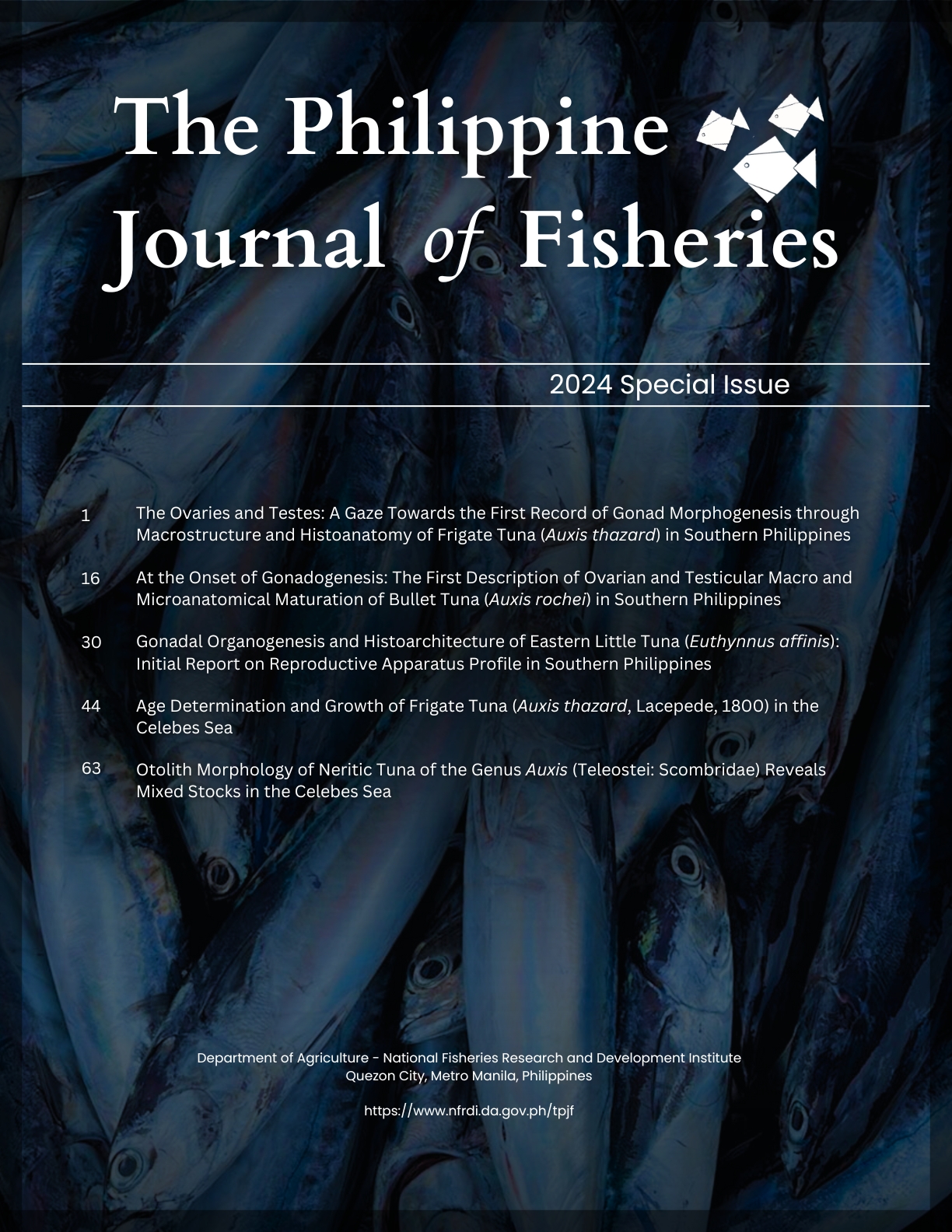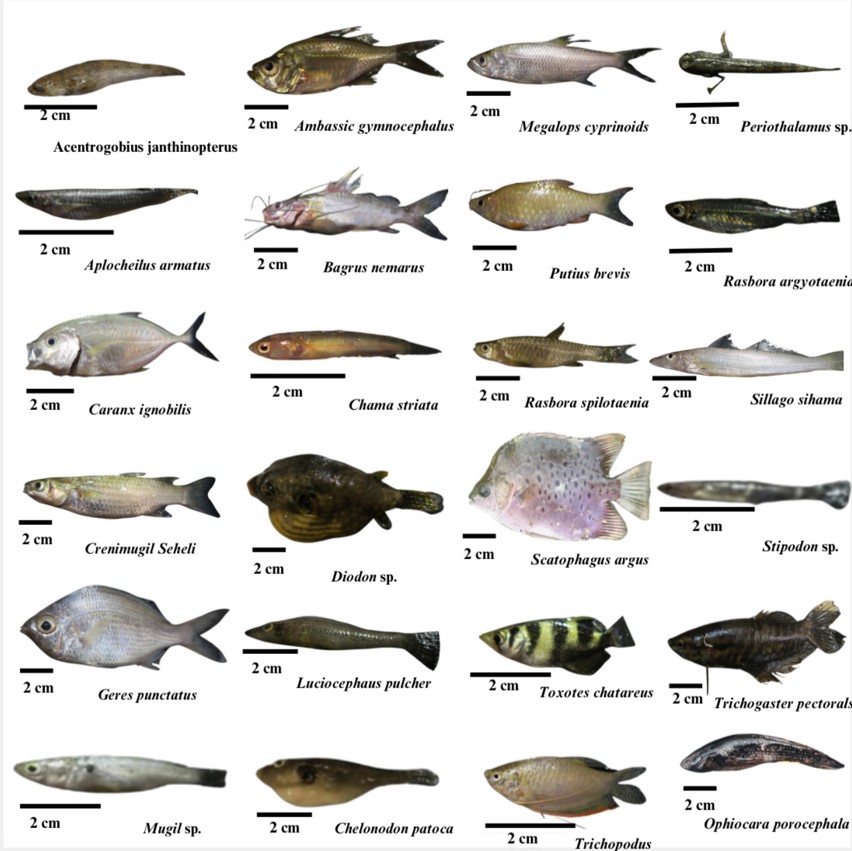
The Rasian and Asahan rivers are located in the South Aceh District, Aceh Province, Indonesia, and are affected by the development of the cement industrial area and ports due to their proximity to the area. Therefore, this study aims to analyze and document the fish species diversity in the Rasian and Asahan Rivers as baseline and comparative data for the aquatic resource management plans and environmental impact monitoring programs, respectively. Sampling locations are determined purposively by dividing the river into upstream, midstream, and estuary. Furthermore, the fish was caught using gill nets and casting nets. The results show that a total of 16 species belonging to 12 families are obtained from the Rasian River. Meanwhile, 13 species belonging to 11 families were discovered in the Asahan River. These make a total of 24 species belonging to 18 families. One of the species recorded in the Asahan River is the alien fish (Trichogaster pectoralis). The diversity index in these two rivers falls within the moderate category, while the uniformity and dominant indices are in the high category.
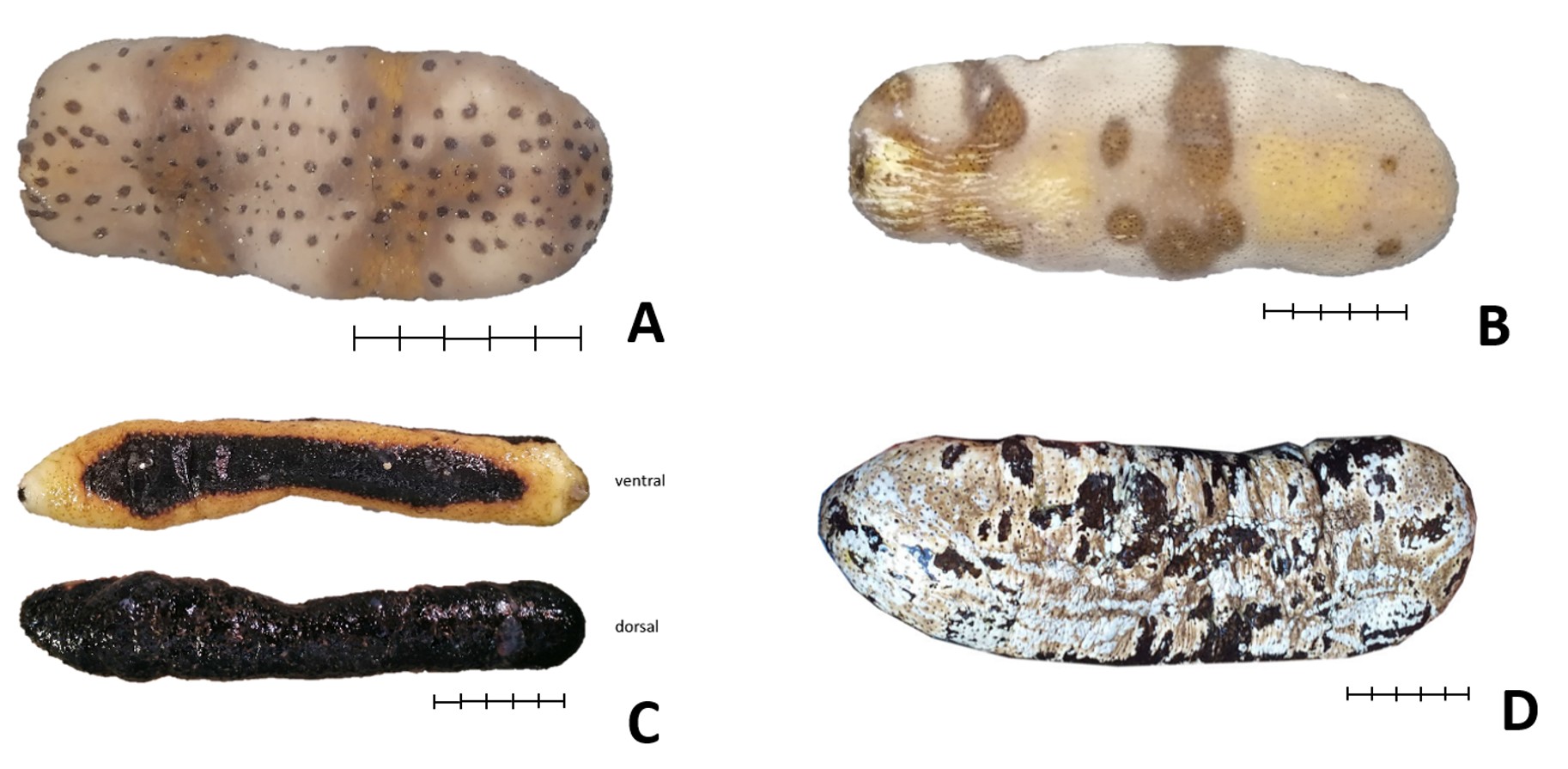
High exploitation and limited fishery data pose challenges to the sustainable sea cucumber fishery management in the Philippines. This study provides detailed documentation of sea cucumber catches and production across Barobo, Surigao del Sur, Sta. Cruz, Davao del Sur, Olutanga, Zamboanga Sibugay, Dimataling, Zamboanga del Sur, and Bongao, Tawi-tawi. The daily catch was recorded by assigned local enumerators from December 2019 to November 2021. A total of 9 – 31 sea cucumbers were reported in the catches out of 37 commercially exploited species, with the highest number recorded in Bongao and the lowest in Barobo. The most active gatherers were observed in Olutanga and the least in Barobo (38–182). Collectors typically gather sea cucumbers 5–29 days a month, with collectors from Barobo having the most frequent days. The catch-per-unit effort (CPUE) of fresh catches peaked in Bongao at 7 kg/day, while Barobo had the lowest at 1.9 kg/day. Annual harvest production estimates from five municipalities would yield 352.31 MT of fresh sea cucumbers. Half the catches were medium-valued (51%), and only 18% were high-valued.
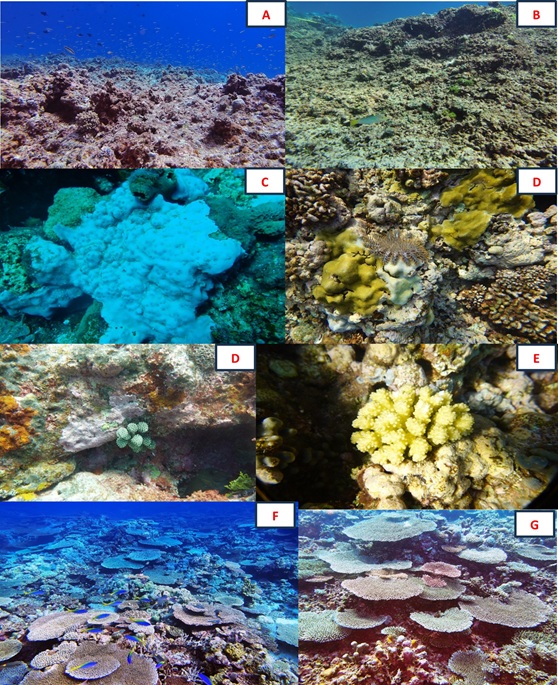
The West Philippine Sea (WPS) is one of the identified biogeographic regions of the Philippines based on the biophysical attributes of its coral reef communities and has the highest biomass of reef fishes and species richness. From April to May 2022, coral reef assessment and fish visual census (FVC) through underwater surveys were conducted in nine sampling areas in the Kalayaan Island Group. A total of 19 dives in shallow water areas (SWR) and mesophotic coral ecosystems (MCE) were conducted. Sabina shoal has the highest percentage of coral cover in SWR, with an average of 35.66% and 30.62% in MCE. Moreover, the FVC results recorded 155 species from 28 families of reef fishes associated with live corals. The most dominant fish families are surgeonfishes (Acanthuridae), which shared 37%, followed by triggerfishes (Balistidae, 22%) and damselfishes (Pomacentridae, 10%). Among these, 76 species were found in Sabina Shoal. Species diversity of fishes revealed moderate to high diversity based on species richness, while the abundance was categorized as moderate to very high.
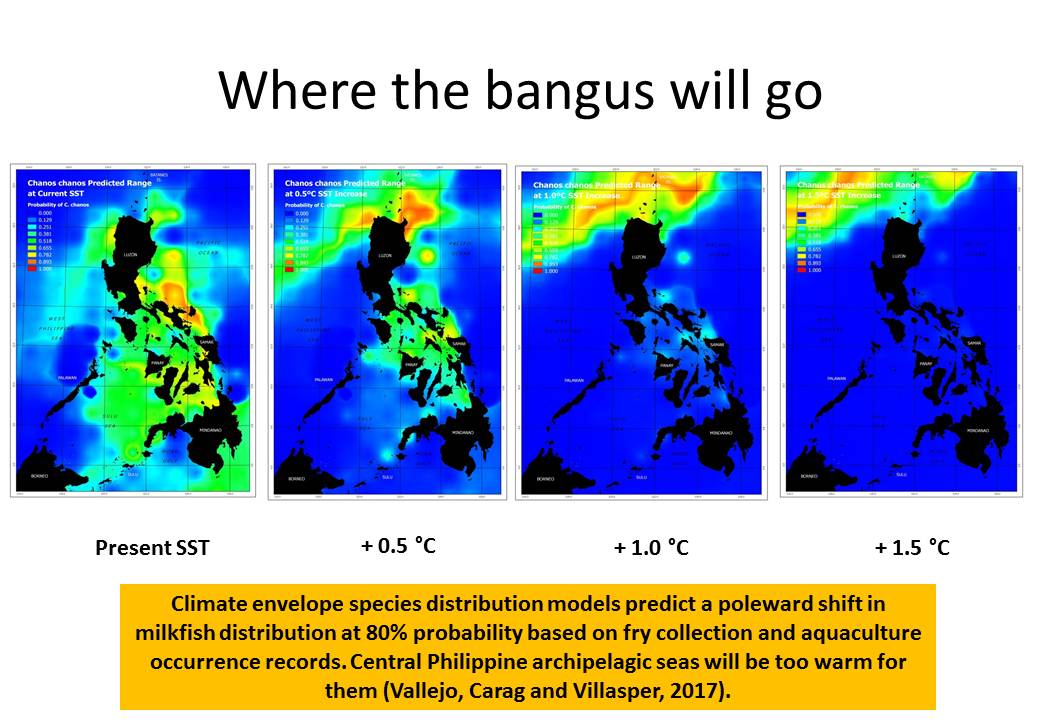
The sixty-six (66)-year brackishwater pond production trends from 1952 to 2018 in the Philippines reflect low metric tonnage and low productivity per hectare despite increasing mangrove conversion to fishponds and increasing aquaculture intensification nationwide. These trends were related to yearly climatological means by graphical analysis and regression. Our analysis suggests that the likely cause of the sharp decline in production and productivity starting in 1993 is the 1991 Mt. Pinatubo eruption and other environmental stress factors, including a warming climate. Environmental stress factors have contributed to about 85,500 MT of production loss every year since 1993 and a slight yearly productivity decline between 0.04 kg ha-1 and 0.1 kg ha-1 since the early 1970s. Increases in mangrove conversion to fishponds did not increase production nor productivity. Despite aquaculture intensification and shifts in production modalities, the mean production of milkfish in 2018 is similar to records taken in the late 1980s.

With pathogenic bacteria in aquaculture becoming increasingly resistant to antibiotics, there is a compelling need to look into bioactive chemicals present in seaweed as novel treatment options for fish infections. This study evaluated the phytochemical characteristics of Gracilaria edulis extracts and their antimicrobial activities against selected aquaculture pathogenic bacteria such as Aeromonas hydrophila, Escherichia coli, and Staphylococcus aureus. The antimicrobial assay test confirmed that both methanolic and ethanolic extracts of G. edulis inhibited the bacteria comparable to that of the positive control.
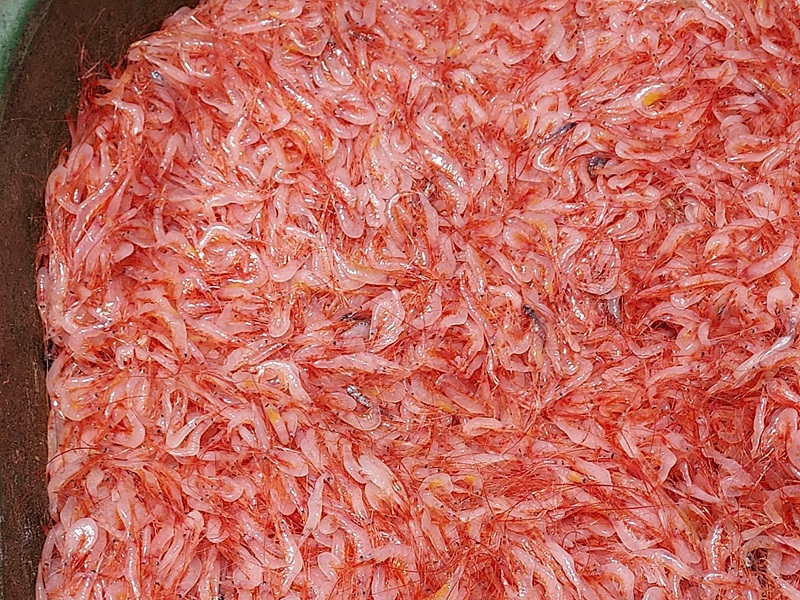
The “aramang” industry’s economic contribution to the local and export markets has been significant for more than two decades. However, due to resource overexploitation, stock depletion is being experienced. A management strategy called “Gentleman’s Agreement” (GA), an informal agreement based on oral arguments and thrusts of all parties involved has been adopted by the “aramang” fisherfolk in Aparri, Cagayan, as a tool to conserve and bring back the abundance of the stocks. This study tries to assess the status of stocks when this GA is being implemented in the area as a basis for policy formulation to improve resource utilization. Stock assessment methodologies and participatory rural appraisal (PRA) were used.
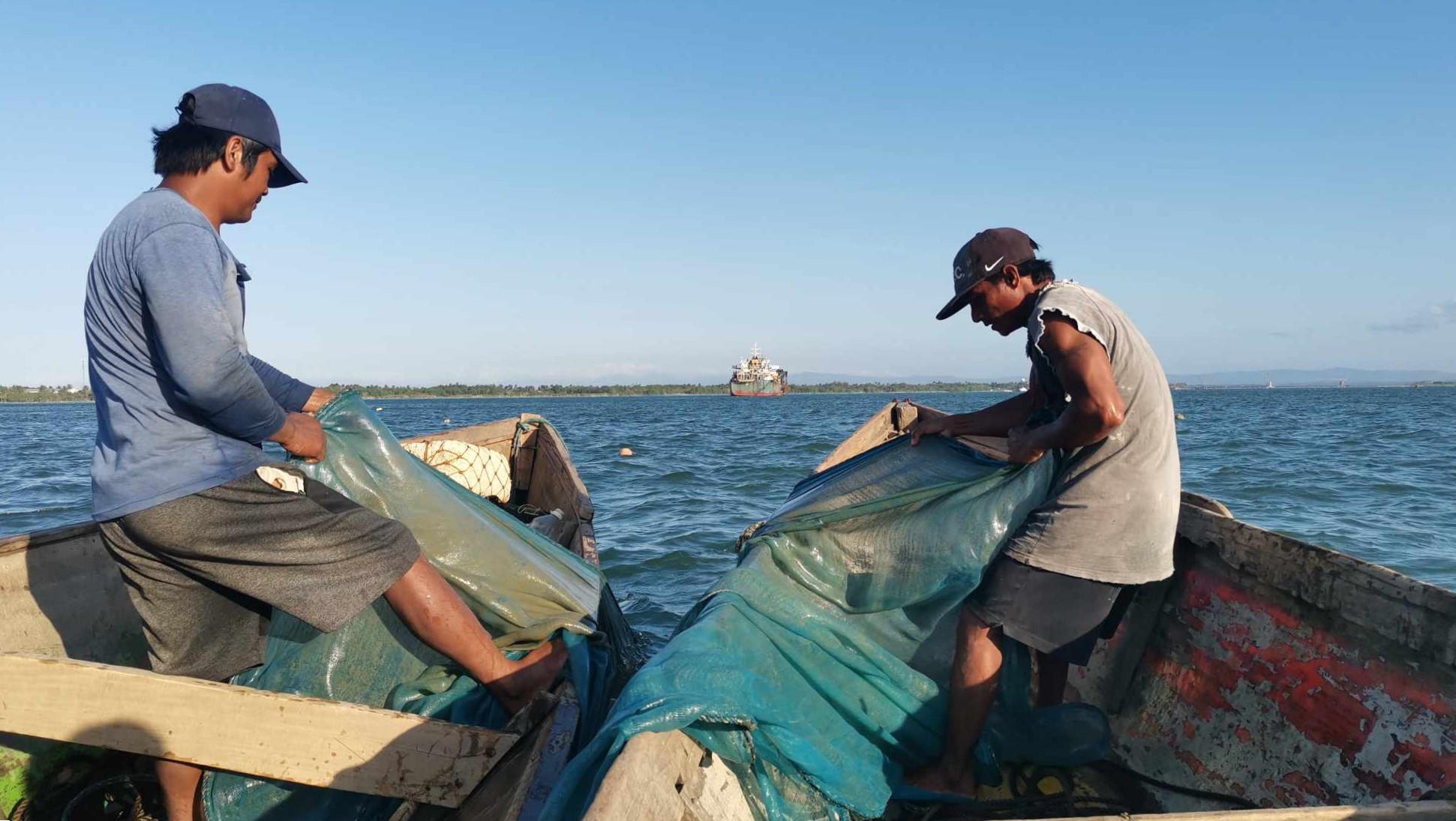
The contribution of women in the fisheries sector is often underappreciated and under-valued because fisheries have long been considered a male-dominated sector. Studies have shown, however, that countries that value women’s involvement in this sector have reached high levels of economic growth and social well-being. Thus, the present study assessed the women’s participation in the capture and marketing sectors of the glass eel fisheries in the five coastal villages surrounding the mouth of Cagayan River in Aparri, Cagayan, Philippines. A household interview and a small group discussion were conducted to gather relevant and in-depth data on the different aspects like socioeconomic status, present roles, activities, responsibilities, access to and control over resources, and problems and constraints of both genders in the study area.
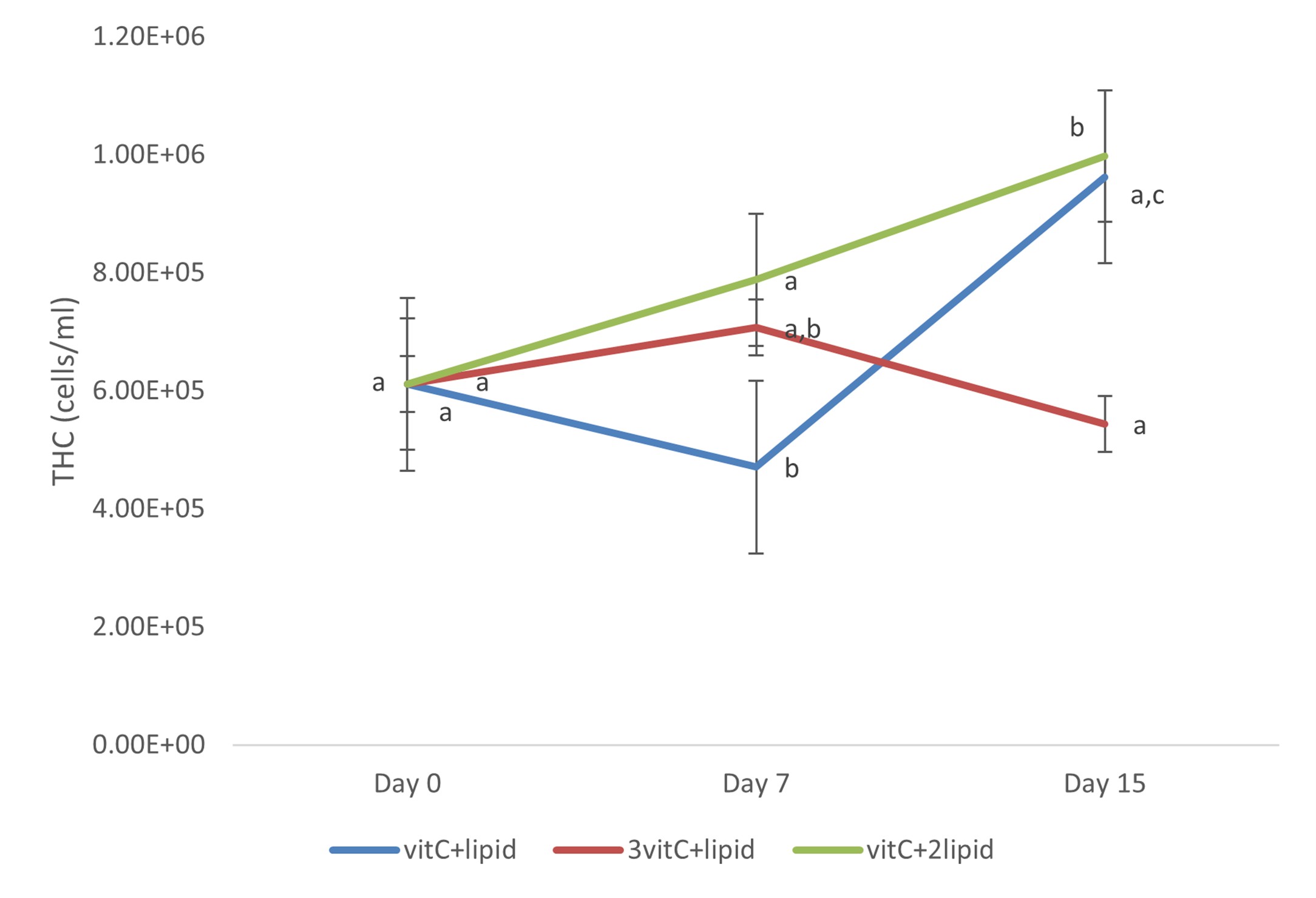
This study investigated the effects of dietary vitamin C (vitC) and lipid on the expression of immune-related genes in Litopenaeus vannamei postlarvae subjected to thermal stress, with water temperature fluctuating from 27.0 ± 1.1 to 34.0 ± 1.8 °C for 15 days. Three experimental diets were formulated containing two different levels of vitC (1 and 3 g kg -1) and lipid (17 and 34 g kg -1). Significantly higher total hemocyte count (9.63 × 105 ± 3.28 × 105 cells ml -1) was observed in shrimp fed 3 g kg -1 vitC and 34 g kg -1 lipid diets. Using real-time quantitative polymerase chain reaction and the comparative 2-ΔΔCt method, the dietary vitC level of 3 g kg -1 significantly upregulated heat shock protein 90 (HSP90), heat shock protein 70 (HSP70), anti-lipopolysaccharide factor (ALF), crustin, and the Prophenoloxidase (proPO) system.
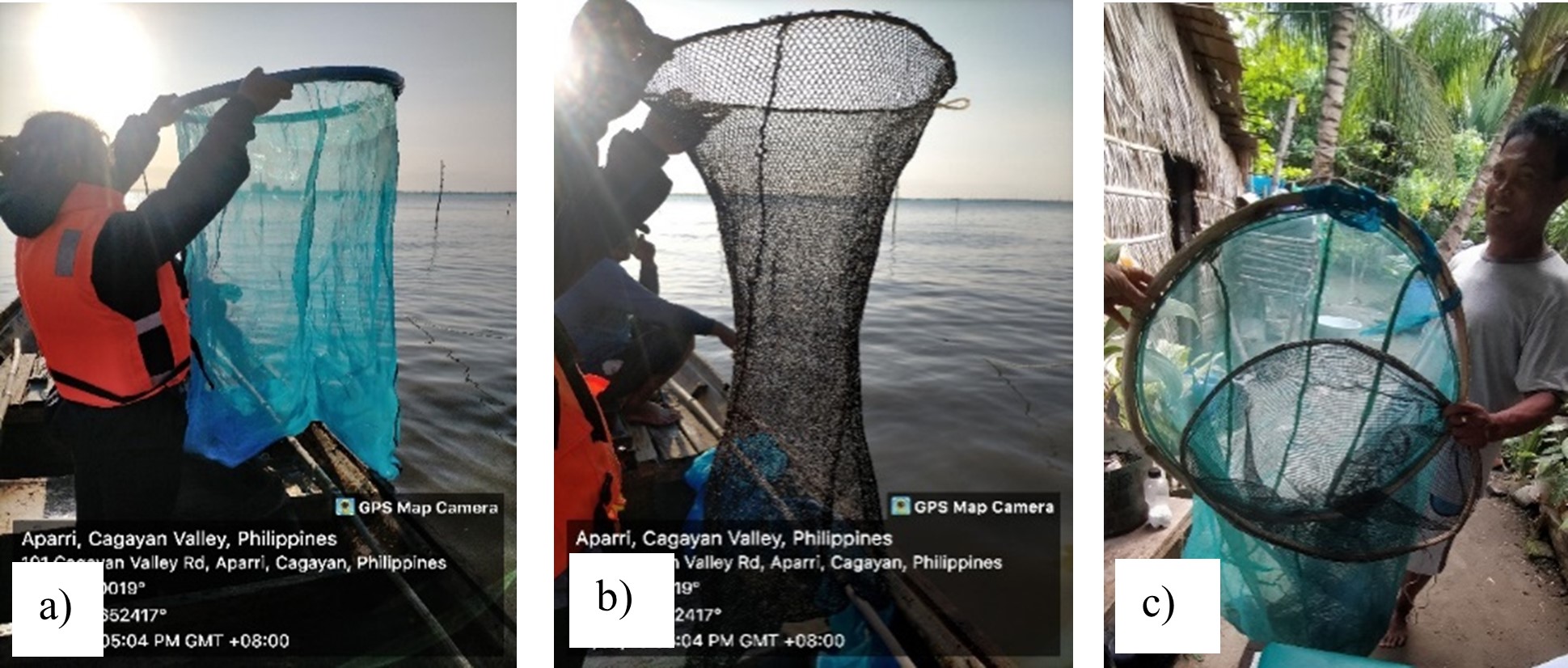
This study documented the post-harvest handling of glass eel gatherers in Aparri, Cagayan which can serve as baseline information for the establishment of possible management measures to improve the practices of glass eel gathering, conditioning and maintenance for a more sustainable utilization of the stocks and avoid large post-harvest losses in the process. The demographic profile, post-harvest handling practices, and challenges encountered in each step of post-harvest practices were determined. The study was conducted through individual interviews with 165 glass eel gatherers and five local consolidators.
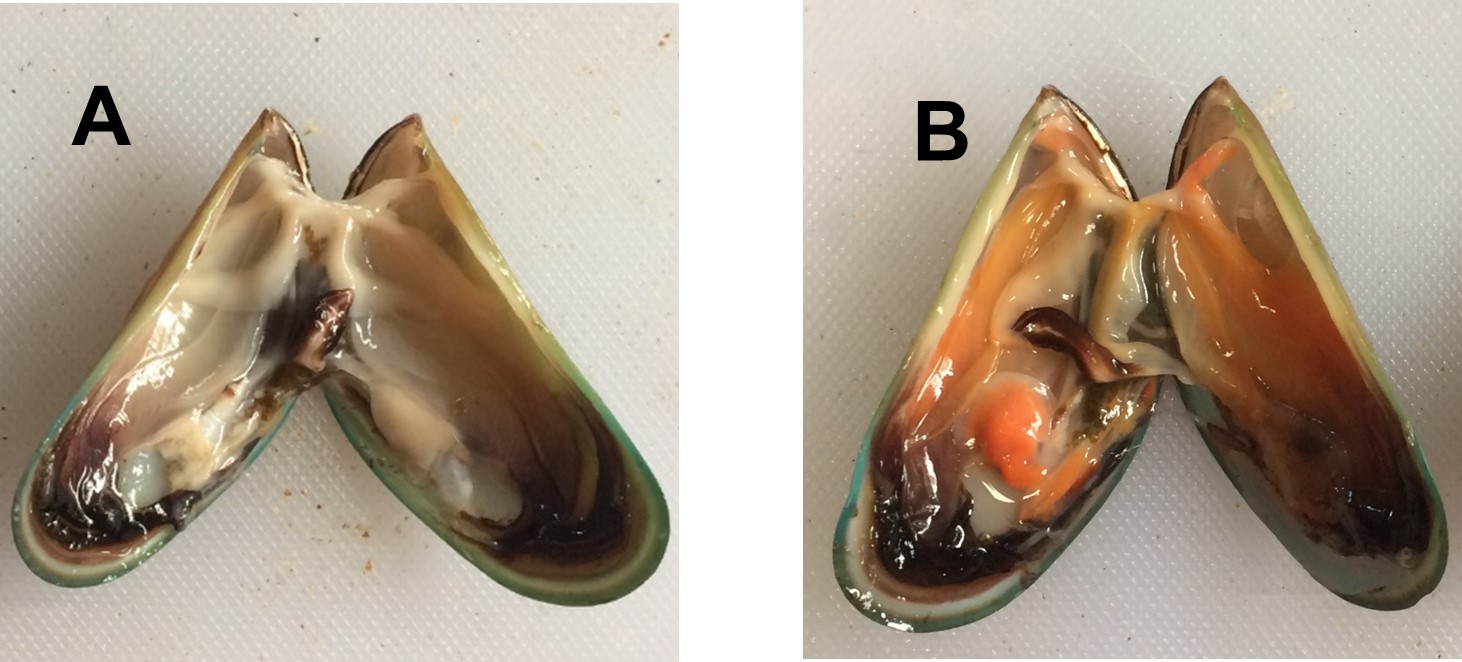
This paper reports an incidence of hermaphroditism in green mussel (Perna viridis) in Inner Malampaya Sound, Taytay Palawan, Philippines, through histology. One hermaphrodite specimen (0.18% of the total samples) was recorded. The sample was macroscopically classified as a male. However, histology showed the presence of both male and female gametes inside the gonad with the dominance of male gametes.
